Did a new philodendron catch your eye at the nursery? It wouldn’t be surprising if that was the Black Cardinal philodendron. This spectacular plant is eye-catching and entices many people. However, caring for it to ensure it survives is key. But never fear. You can find everything you need below. Here are 7 tips to help you keep your Black Cardinal philodendron healthy.
What Is a Black Cardinal Philodendron?
The Black Cardinal philodendron (Philodendron erubescens ‘Black Cardinal’) is a spectacular hybrid perennial plant. What makes them so striking is their extremely dark leaves, which is where the name comes from. They start out as a deep red, then turn nearly black as they age.
It originated in Florida in the 1980s. Researchers wanted to develop a hybrid that was disease-resistant and required minimal care. They succeeded tremendously. This plant is so easy to care for that it is even more beginner-friendly than its relatives, which is saying something.
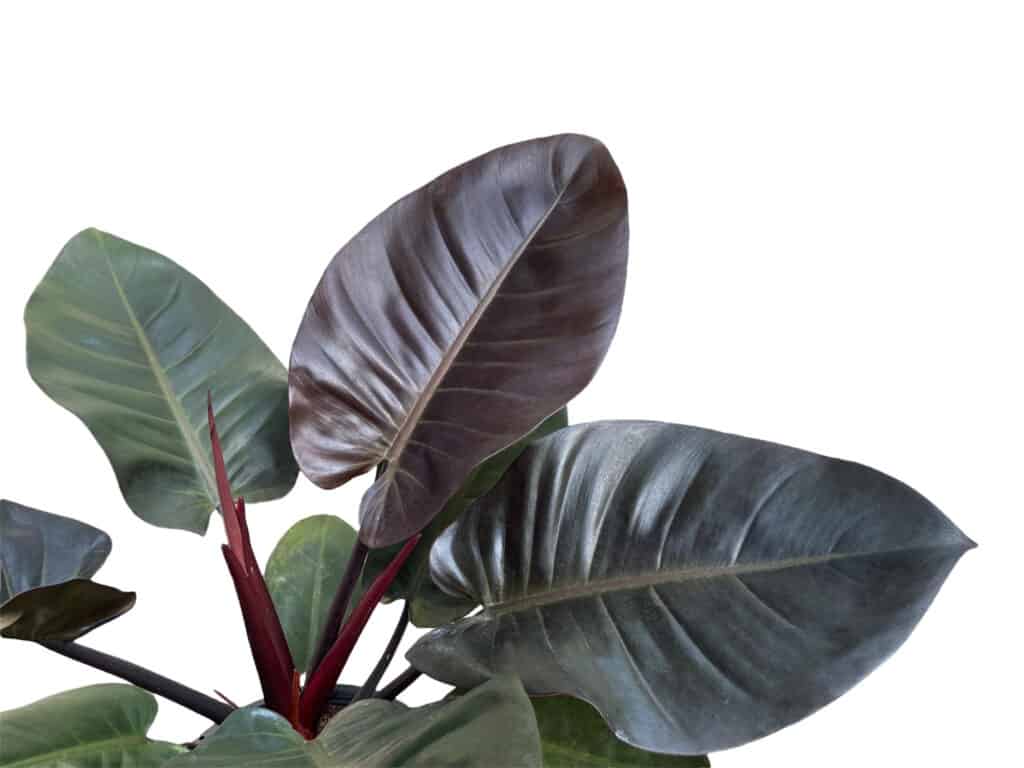
Black Cardinal philodendrons have stunning leaves that almost look black.
©LADDAWAN photo/Shutterstock.com
Another bonus to including Black Cardinal philodendrons in your interior landscaping is that they are naturally air-purifying. So, you can add one (or more) of these beauties to your home and rest easy.
Caring for your Black Cardinal philodendron requires a little knowledge about tropical plant care since its parent plants came from Central and South America. But once you’ve got the basics down, your new plant will thrive. Here are some things to keep in mind.
1. Plant It in High-Quality Soil

For your philodendrons, use soil that is high in organic matter.
©13Imagery/Shutterstock.com
Philodendrons’ natural habitat includes soil that is high in organic matter. And while the Black Cardinal is a cultivar native to the United States, it still requires a similar home. You want to ensure the potting medium you choose is rich and loose. The roots of your philodendron need some space to stretch out. Densely packed soil will prevent proper growth.
Additionally, your new plant will need adequate drainage. It will need a fair amount of water (which we’ll cover below). But a moisture-logged home will harm it rather than help it thrive. Check your pot for drainage holes before planting to ensure the excess water has somewhere to go.
The soil itself should also allow the water to freely flow through it. Avoid tightly packed potting soil. You can plant your Black Cardinal in peat moss, a commercial blend suited for philodendrons, or African Violet potting soil.
2. Water Properly
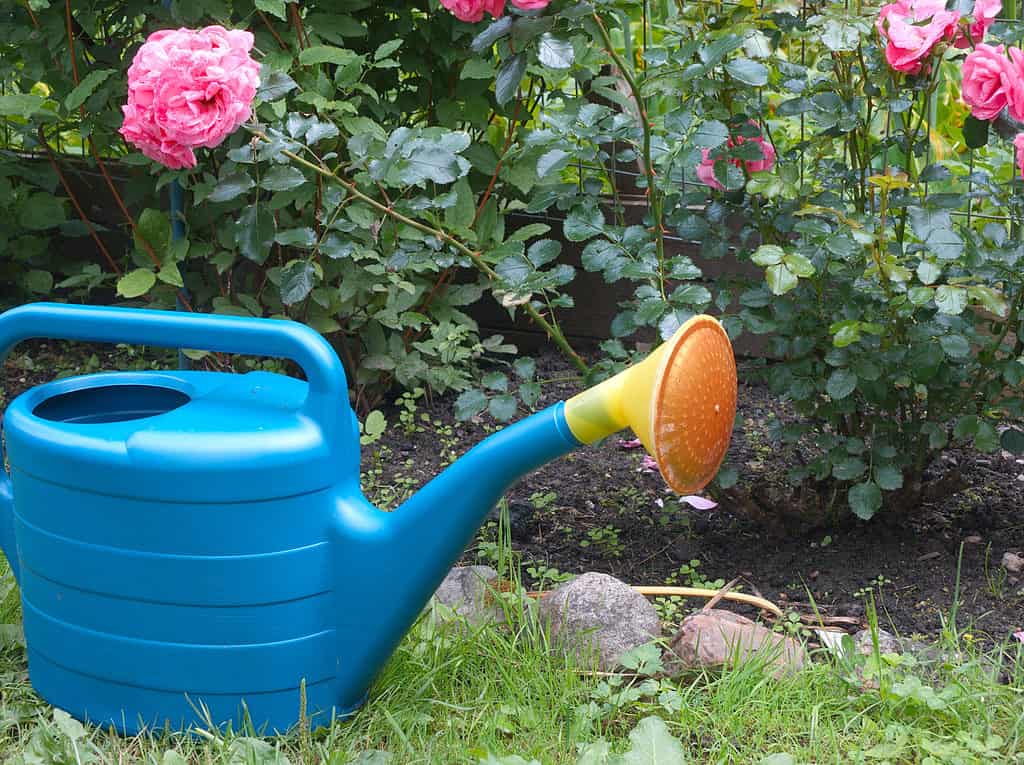
Watering your new philodendron properly is critical for them to thrive.
©iStock.com/victorass88
Since philodendrons are tropical plants, they require a decent amount of water. These plants prefer to be consistently moist. However, it is important to keep them from sitting in an overly soggy environment for long. When the level of moisture in the soil far exceeds what the plant can absorb, it may lead to root rot.
A good rule of thumb is to use your thumb (or another finger)! The top layer of soil dries out more rapidly than the rest, which can be deceiving. Instead of watering when the top layer dries, stick your finger about 1⁄2 inch to 1 inch deep. You can hold off on watering if it is still moist at that level. But if it is dry, you want to water your Pink Princess philodendron right away.
Remember, never let the soil dry out completely, or you risk killing your beautiful plant.
3. Provide Adequate Light

Growing succulents under LED grow light.
©enjoy photo/Shutterstock.com
Most people will keep their Black Cardinal philodendron in a pot inside or on the patio. Frequently, that living environment will ensure your new plant has plenty of light. Unlike many houseplants, philodendrons don’t thrive under intense direct sunlight. They developed on the rainforest floor, which receives dappled or partial sunlight. So, that is what they still enjoy.
Black Cardinal philodendrons should still receive several hours of indirect sunlight or dappled light every day. You can achieve this by placing them in an east or north-facing location. Another option is to add a grow light nearby. However, you will want to use caution if you go that route because too much exposure can damage or scorch the leaves. And the good news is that if you go on vacation or have extensive cloud cover, you don’t have to worry about your plant. It can survive long periods with inadequate light when necessary.
4. A Proper Growing Environment

Your philodendron needs a tropic-like environment to thrive, which means heat and humidity.
©Mariia Boiko/Shutterstock.com
Since your Black Cardinal philodendron is a tropical plant, it needs a tropic-like environment to thrive. That means two things: heat and humidity. Thankfully, this particular hybrid was developed to tolerate more moderate temperatures than its relatives. As long as you keep its home sitting between 65 to 80 degrees Fahrenheit (18 to 27 degrees Celsius), it will be happy. Since that is where most homes naturally sit throughout the year, it shouldn’t require much extra thought.
Your plant will also need a higher humidity level than most other houseplants. The ideal target is 70% humidity, but it will survive with 40 to 50% humidity. Keep in mind that when the humidity levels are lower, the plant’s growth will slow down.
There are a couple of ways you can achieve a little slice of tropical heaven for your Black Cardinal philodendron. You can place the pot in a bathroom, which is typically more humid. Or, you can add a small humidifier nearby, which will keep the humidity levels relatively stable. Finally, consider adding a tray filled with water near your plant to create a mini-rainforest.
5. Fertilize
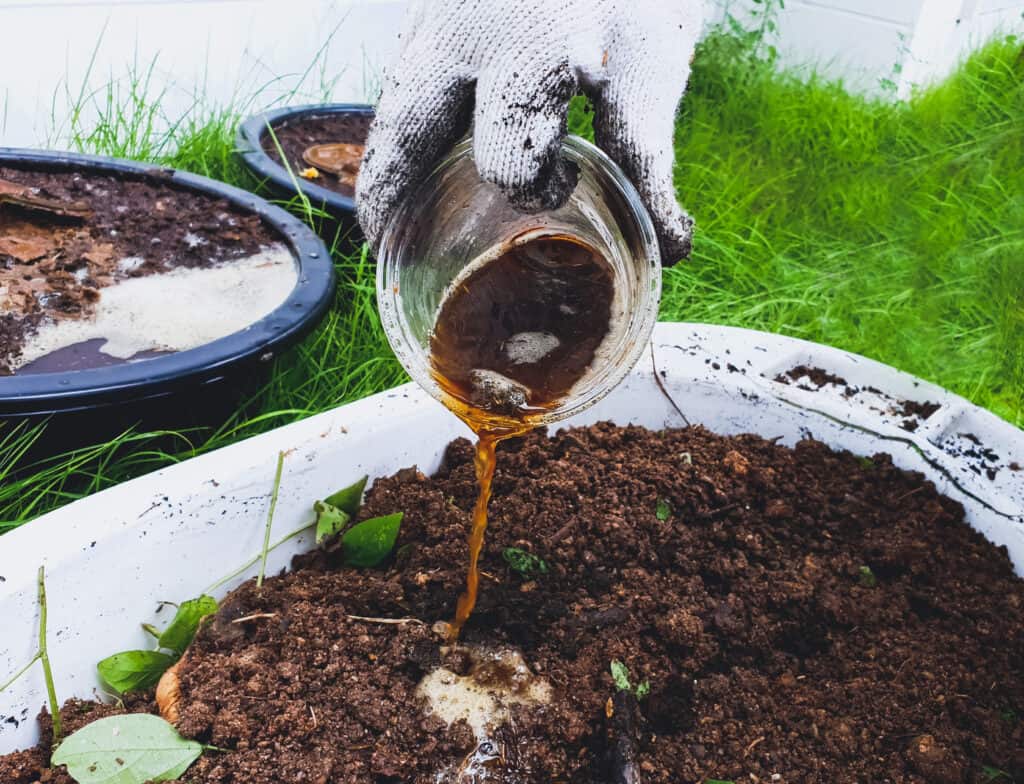
Black Cardinal leaves will need plenty of nitrogen to grow as large as possible.
©The little paint/Shutterstock.com
Remember, philodendrons require a nutrient-rich home. But, over time, all nutrition will naturally get sucked out of its potting soil. You will want to replace it regularly to ensure adequate growth. Since you were likely drawn to its magnificent leaves, providing the proper balance for their development is your top priority. Black Cardinal leaves will need plenty of nitrogen to grow as large as possible.
Try to find a liquid fertilizer that is at least a balanced formula, though ideally, it will have more nitrogen. Use it (per the package directions) monthly during the peak growing season. Then, stop fertilizing over the fall and winter to let your plant and the soil rest.
6. Pruning
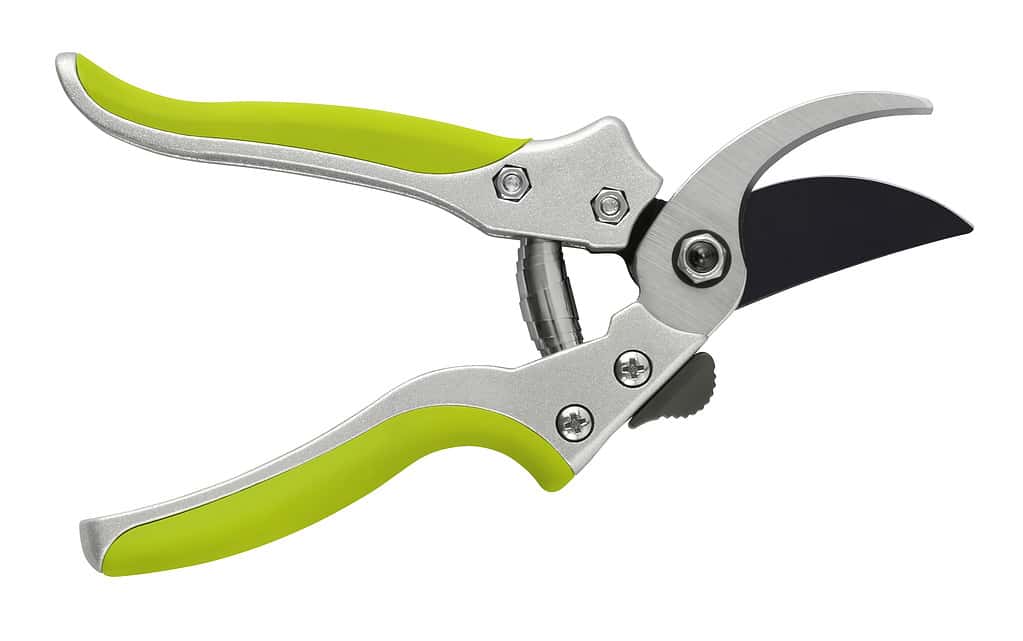
Use sharp and sanitized shears to prune your Black Cardinal philodendron.
©Visivasnc/ via Getty Images
One of the best parts about the Black Cardinal philodendron is that its developers worked hard to breed a self-heading plant. It doesn’t spread into long, winding vines like many of its relatives. Instead, this particular cultivar will remain rather compact. It does develop a slightly bushy form, however. So, if you want to trim it down from that state, you are welcome to.
The only pruning you need to do is remove any dead or dying leaves. Doing so will keep your plant healthy and help prevent disease from taking hold. Always prune with clean, sharp shears.
7. Repot Regularly
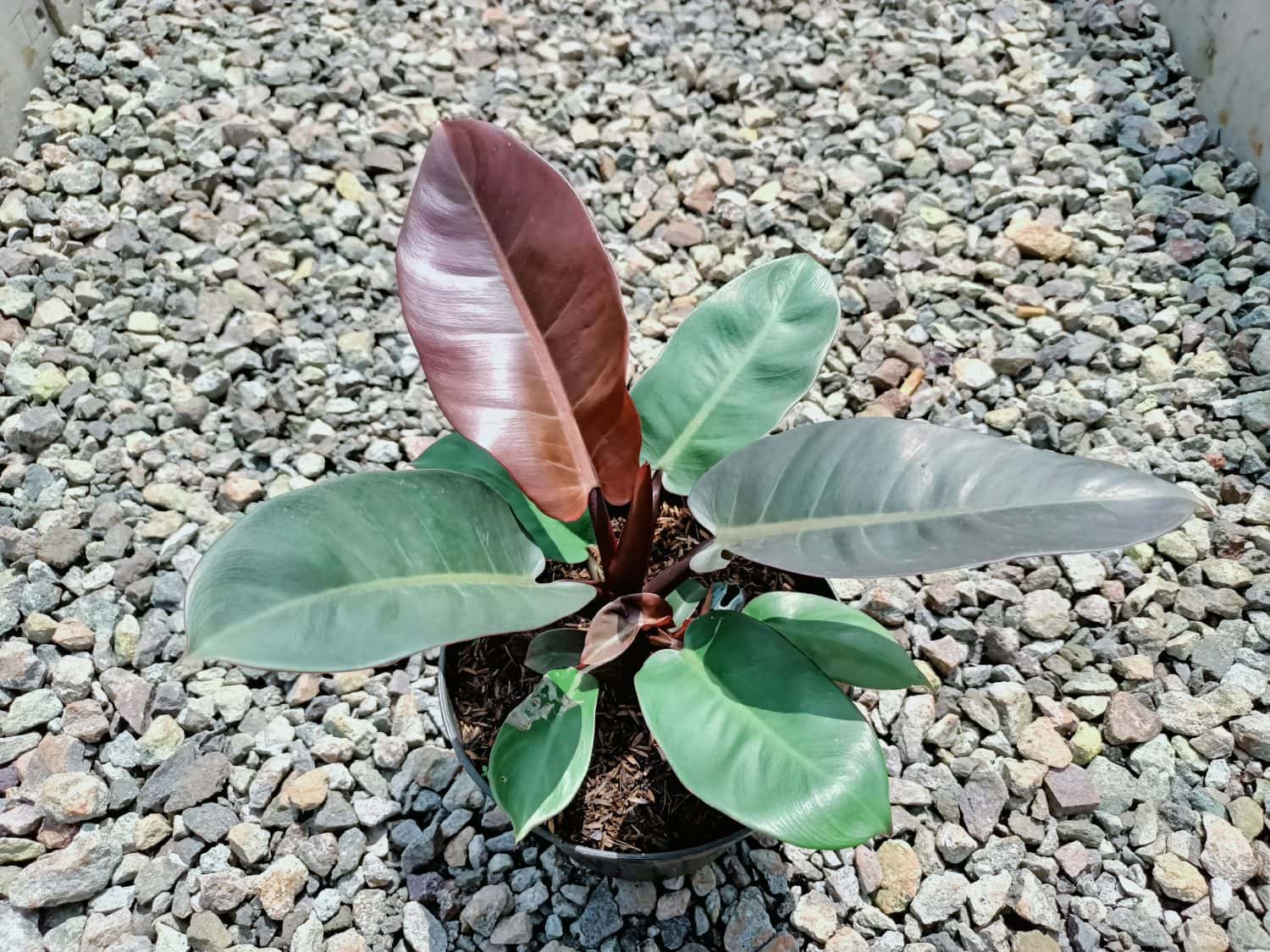
Only go up one pot size every time you need to repot your Black Cardinal philodendron.
©Guntur17/Shutterstock.com
Black Cardinal philodendrons don’t need as much repotting attention as other plants. They are relatively slow growers. You will want to keep an eye on the root system after around two years. The plant may not need to get repotted for another year. However, paying close attention at the two-year mark will ensure you have the opportunity to repot your philodendron before it becomes rootbound.
Only move up one pot size at a time. Leaving too much room in the pot means the soil will hold onto moisture. And that can lead to root rot. When it is time to repot, shoot for spring. This period is right before the peak growing season to cause as little disturbance as possible. And finally, it is best practice to replace the potting soil when you switch containers. This step will help your philodendron thrive and prevent the transfer of disease.
Summary of 7 Tips for a Healthy Plant
| 1 | Plant in High-Quality Soil |
| 2 | Proper Watering |
| 3 | Provide Adequate Light |
| 4 | A Proper Growing Environment |
| 5 | Fertilize |
| 6 | Pruning |
| 7 | Repot Regularly |
The photo featured at the top of this post is © LADDAWAN photo/Shutterstock.com
Thank you for reading! Have some feedback for us? Contact the AZ Animals editorial team.






